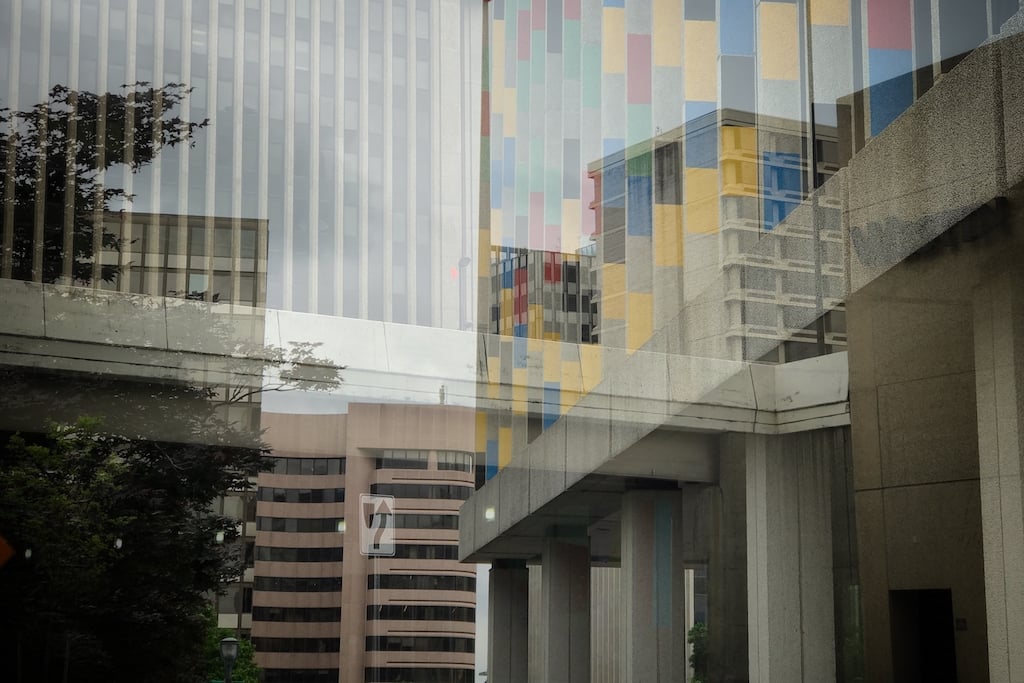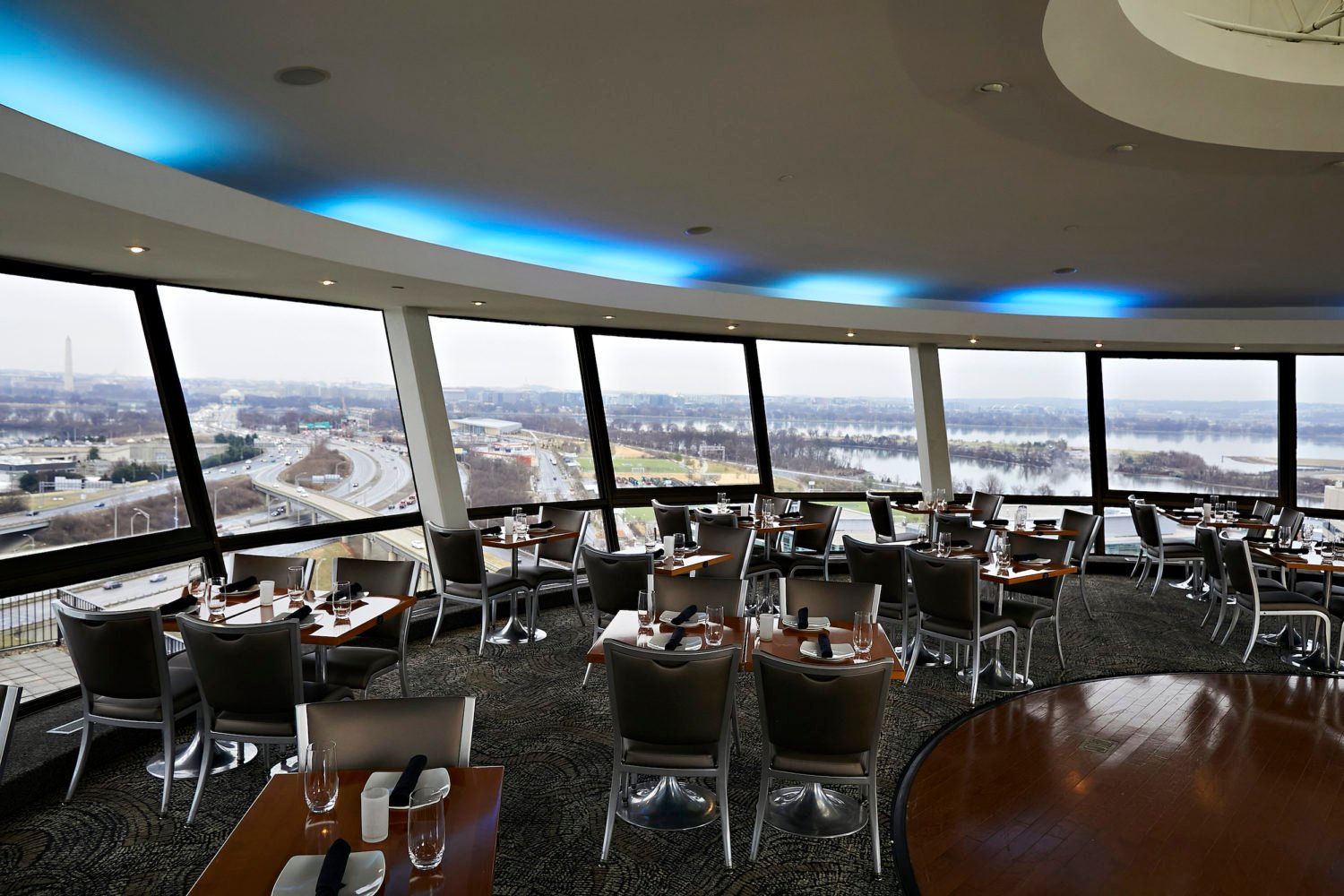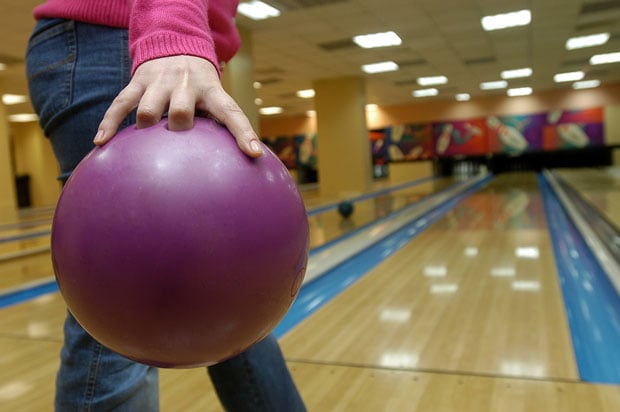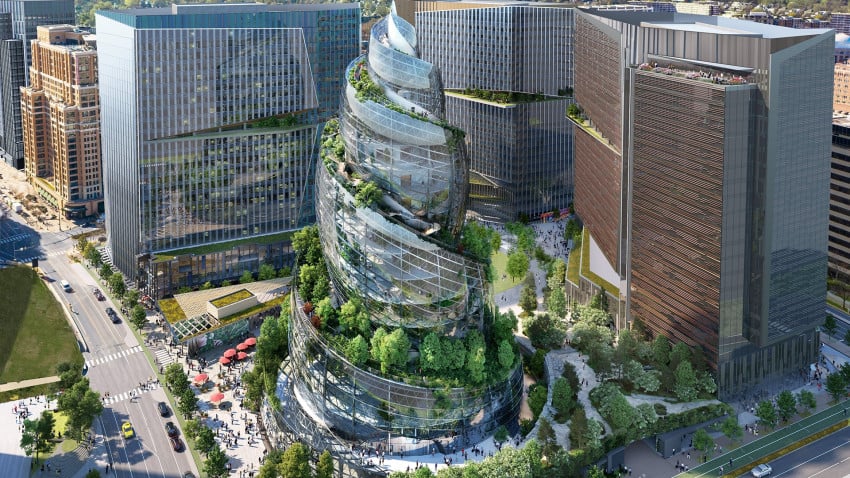Last April a New York Times article briefly infuriated a lot of Washingtonians by suggesting Crystal City was “quietly and persistently reinventing itself.” Many of the offended fixated on a comparison made by Mitchell N. Schear, the president of Vornado/Charles E. Smith: “Think Brooklyn and Manhattan,” he said. “You’re close enough, but you’re not paying higher taxes and utilities.”
Lost in the digital outrage about why Crystal City will never be Brooklyn is Schear’s actual point: Crystal City’s unremarkable concrete buildings are situated on a remarkable piece of Washington-area real estate. The Washington Monument looms over the boardwalk in Long Bridge Park, and there may be no more multimodal place to leave: You can quickly find an on-ramp to I-395, the Pentagon and National Airport couldn’t be closer, and both Metrorail or Virginia Railway Express stop there. Pentagon City is the next neighborhood over, and now that a Whole Foods is on the boundary of the two neighborhoods, Crystal City is no longer a place people could claim has no grocery store (in fact there’s also a Harris Teeter on its south end).
But what about reasons to stay? On a recent gray morning, Angela Fox of the Crystal City Business Improvement District ran through the reasons she and her 13-year-old son decided to move to Crystal City last year: The farmers market, the restaurants, the park, almost endless activities and festivals, but most important, her son’s ability to roam, which reminds her of the freedom she felt growing up in Georgia. “He has the access I had as a a kid,” she says.
Fox and son live in WeLive, an office building converted into a communal living apartment building by the same company that operates the WeWork co-working spaces around the US. That conversion took place after the last federal agency abandoned the building, then an obsolete office structure known as Crystal Plaza 6. That was at the tail end of the slow-moving meteor known as BRAC, the military’s 2005 base-closure and realignment initiative that helped strip 17,000 jobs from the neighborhood over the next nine years. The recession didn’t help. By 2011, the bet Robert Smith made on what he called a “wasteland” to the west of Route 1 five decades earlier was finally looking like a shaky one.
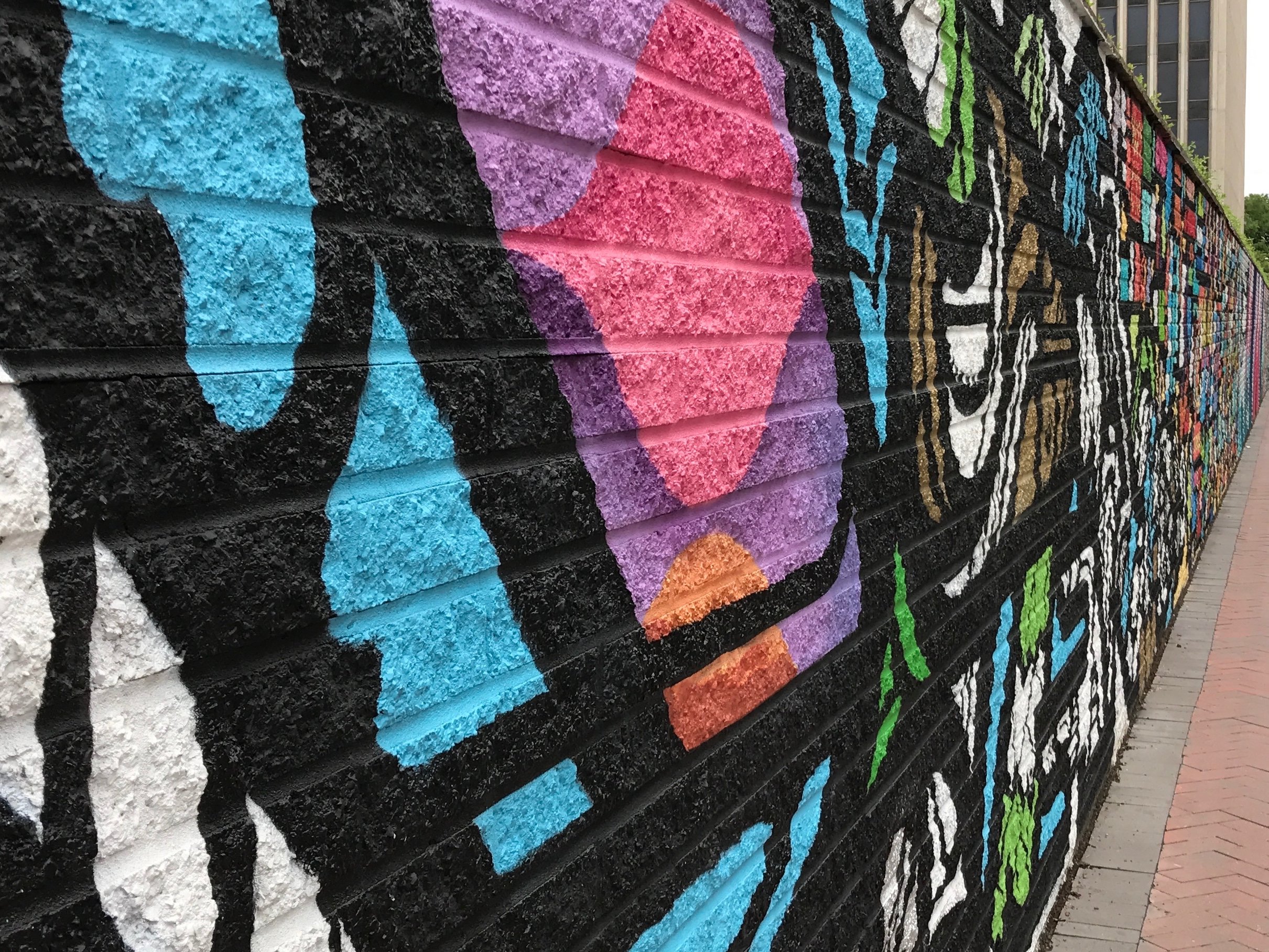
It wasn’t like Smith didn’t hear dissenting opinions in 1961. He told this magazine in 1987 that his father, the self-made real estate tycoon Charles Smith, told him, “I don’t care how much the deposit was, you’d better just forget it. Walk away, and take your losses now” after he drove him to the site. But Arlington County “was pleased that anyone would want to build anything at such a desolate location” and happily rezoned it, Larry Van Dyne wrote for Washingtonian in his excellent history of development in this region and so Bob Smith headed to Miami, where he took inspiration from a crystal-themed Miami Beach building.
Crystal House opened in 1962 with a large chandelier in the lobby, and its apartments (you could get a one-bedroom for $145) rented quickly. Smith decided to plant more crystal in the odd leg of land between Four Mile Run, Roaches Run, and the Potomac. The Washington Brick & Terra Cotta Company had granted him a 99-year lease on the original 20 acres in exchange for 3 percent of his revenue; now he looked to the east of Route 1 for an office complex on land owned by the Richmond, Fredericksburg & Potomac Railroad. But even after he wheeled and dealed his way through those problems it proved tough to find tenants for Crystal Plaza, which opened in 1964.
Then, Van Dyne writes, Smith discovered his building was eligible to bid on federal office space. “We decided that even if we didn’t make a dime, we had to have a tenant to establish Crystal Plaza’s credibility,’ he told Van Dyne. “So we put in a bid so low that we felt certain we’d win.” At $4.09 a square foot, he got the Johnson administration’s attention, and Crystal City began to bloom.
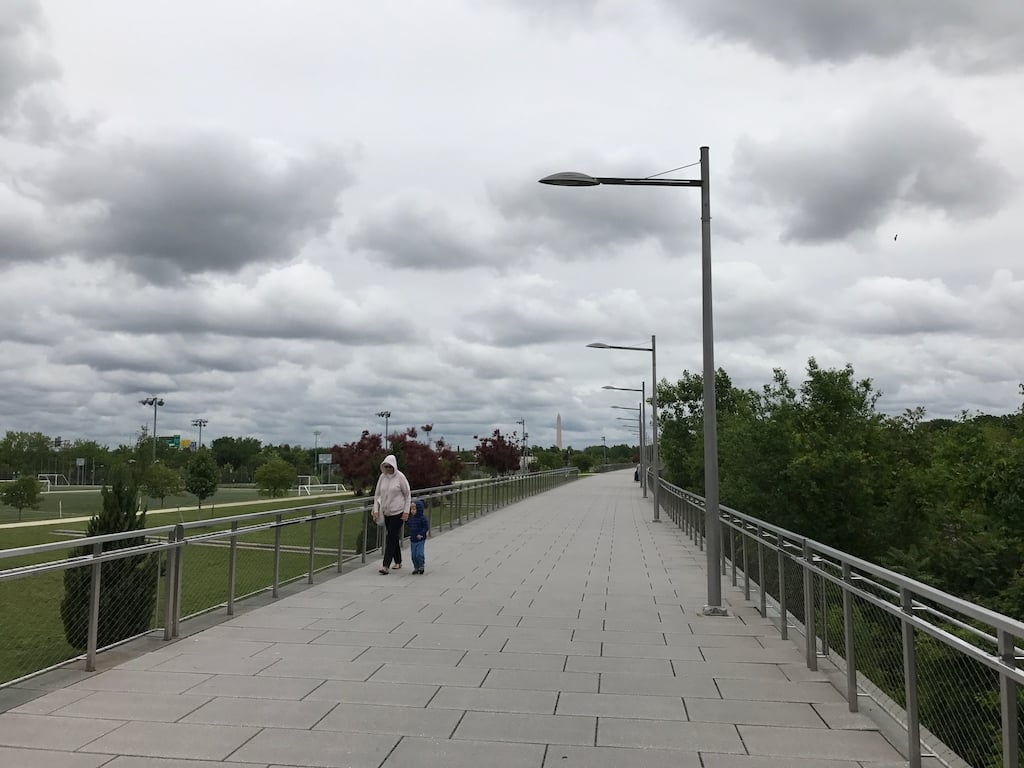
Although the subsequent buildings looked similar to the first two, Crystal City was never a utopian vision of a city like Brasilia or Chandigarh. The original traffic plan borrowed a bit from Le Corbusier, putting cars far from sidewalks on one-way streets that whisked office-workers to underground parking garages. But to the extent that Crystal City was planned, it was to serve the needs of the expanding federal bureaucracy and military, not an architect’s vision of the future.
But those same concrete canyons that seemed so forward-looking in the ’70s and ’80s began to look like a laughable old vision of the future even before BRAC chased away the GS’ers, a rusting World’s Fair site outshone even by Rosslyn. Crystal City’s underground mall, the rotating Skydome restaurant on the Doubletree Hotel–who could wring Brooklyn cool out of these white elephants?
And yet as Fox and BID COO Robert Mandle lead me and another Washingtonian reporter through the underground mall (actually at grade, she notes), past Synetic Theater’s open-windowed studio space and the art that soups up what she calls its “hospital corridors,” the neighborhood they describe sounds a bit like an adult theme park. There are the alliterative events–Sip and Salsa, Pups and Pilsners, Wine in the Waterpark, Fridays at the Fountain. There’s the climbing gym, the 5Ks, the street Zumba. If you live in WeLive, you can have cold brew coffee on tap.
Great amenities, sure. But when you consider all the things that are surprising about Crystal City, like the wine shop in Jaleo that’s one of the best places around to find Spanish wines, or the soccer facilities in Long Bridge Park, or the planned pedestrian bridge to National, well, by the time Fox showed me how her son’s Murphy bed folds up and becomes a dining table, I was ready to sell everything I own and move in next door with my family.
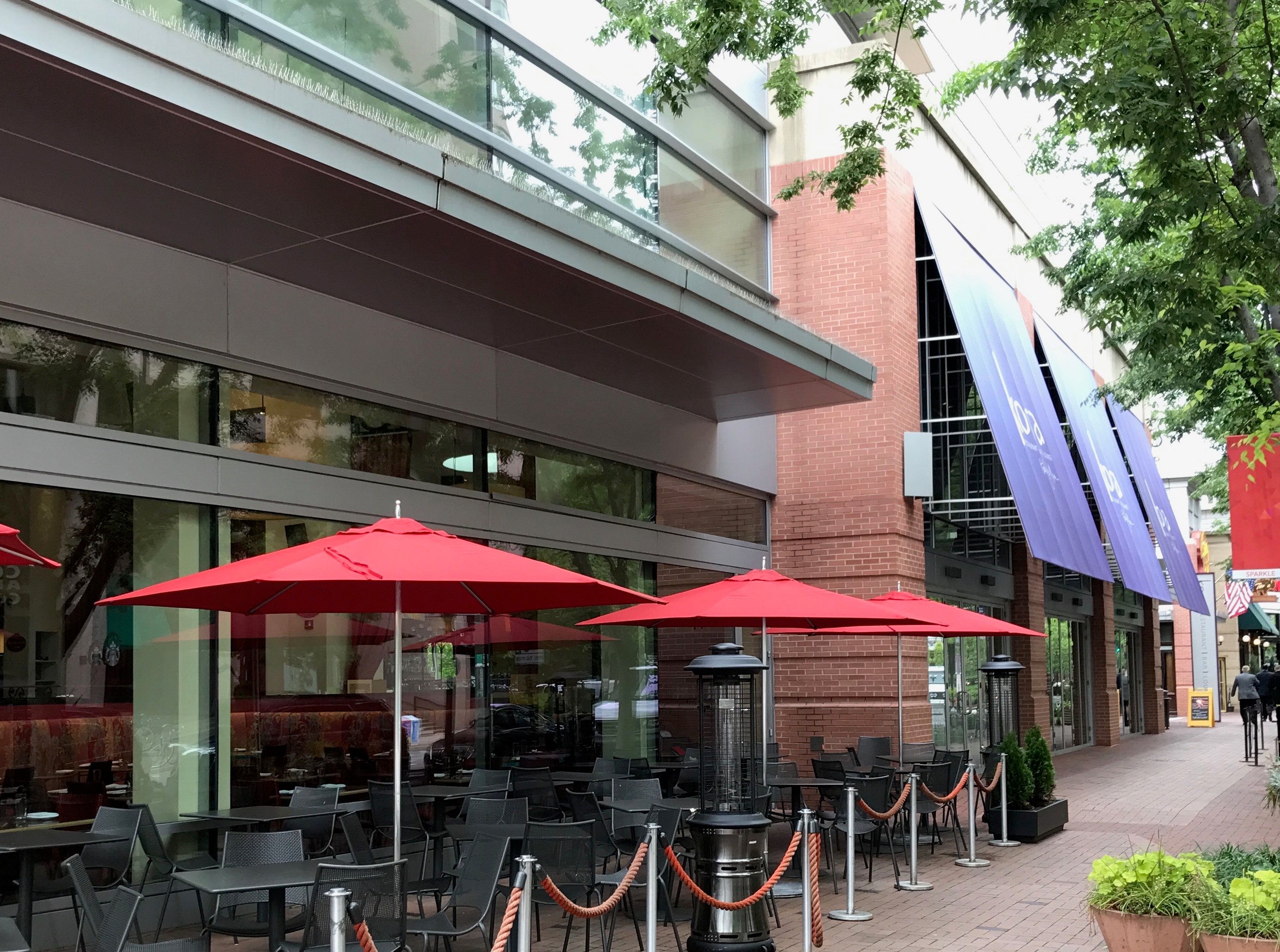
That’s probably not going to happen–they prefer the splendor of our 1,100-square-foot townhouse–but it was a good reminder of how changeable space is in Crystal City. Addresses change, the directions cars can drive down streets change, and people can turn towers into human-scale homes. More important, that location that first attracted Bob Smith is far too good to let wither and die. Reinventing Crystal City isn’t just an interesting idea for real-estate giants and urban planning nerds, it’s a signal of the Washington area’s overall health.
The Washington Brick & Terra Cotta Company, now just the Brick Companies, spun the proceeds from their deep partnership with Robert Smith into a company that develops and manages golf courses, marinas, even office buildings, says CEO Arthur “Lex” Birney. The original lease got rolled up into some real estate trusts in 1994, and Crystal City is staying put. It may not be Brooklyn anytime soon, but it probably won’t turn back into a brickyard in 2060.
This is a really long way of explaining why Washingtonian staffers will spend today in the neighborhood, looking for stories of a place that’s creating a new future for itself in the ashes of one that didn’t quite work out the way everyone thought. That’s the funny thing about the future. No one actually knows what it will look like.

